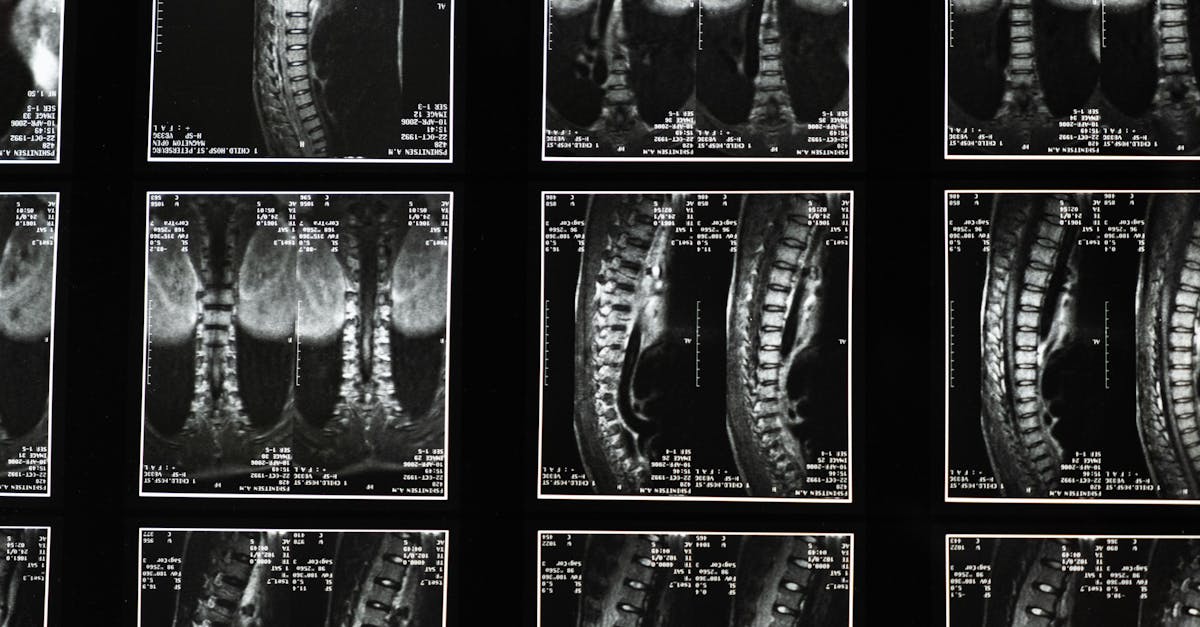
Introduction
Back pain is a common issue that affects many adults at some point. When dealing with discomfort, understanding whether to use heat or ice can be crucial for effective relief. This guide provides clear, credible advice on the appropriate use of heat vs ice for back pain and practical self-care strategies to ease your discomfort safely before seeing a clinician.
We’ll explore the causes of back pain, symptoms, at-home treatment options including heat and ice therapies, exercises like McKenzie extension exercises, and when to seek professional care.
Causes & Anatomy of Back Pain
Back pain can stem from various conditions such as degenerative disc disease, annular tear, myofascial trigger points, or bulging discs. The spine’s complex anatomy includes vertebrae, discs, muscles, and nerves. Inflammation, muscle spasm, or nerve irritation commonly cause pain.
Understanding this anatomy helps in choosing the right treatment, including when to apply heat or ice.
Symptoms & Risk Factors
Symptoms vary but often include localized aching, stiffness, muscle fatigue, or radiating pain. Postural muscle fatigue from prolonged sitting or poor ergonomics can worsen symptoms. Risk factors are age-related disc degeneration, previous injury, or repetitive strain.
At-Home Relief: Heat vs Ice
Deciding between heat and ice depends on your symptoms and pain stage. Ice is best for acute injuries or inflammation, such as swelling from an annular tear or muscle strain. Apply ice packs wrapped in a cloth for 15-20 minutes every 1-2 hours initially.
Heat therapy helps relax muscles and improve blood flow, ideal for chronic pain, stiffness, or myofascial trigger points. Use a warm pack or heating pad for 15-20 minutes, ensuring the temperature is safe to avoid burns.
Modifying your activities to avoid prolonged sitting and incorporating gentle mobility can aid recovery without aggravating pain.
Evidence-Informed Exercises
Gentle exercises can relieve back pain and improve function. McKenzie extension exercises are effective for certain disc-related issues. Gentle chin tucks aid posture-related neck tension, and thoracic extension exercises help reduce stiffness.
Consult resources like this guide on myofascial trigger points to understand how targeted therapy can complement self-care.
Posture & Ergonomics
Maintaining ergonomic desk setup and practicing proper lifting mechanics reduce stress on your back muscles and discs. Support your lower back with a lumbar pillow and avoid slouching to minimize postural muscle fatigue.
Professional Treatments
If pain persists or worsens, professional treatments might include physical therapy, chiropractic care, or minimally invasive spine procedures. Imaging might be necessary to assess conditions like annular tears or degenerative disc disease more precisely.
Learn about options like minimally invasive procedures if conservative care fails.
Lifestyle & Prevention
Adopt a supportive sleep surface and maintain a regular walking program. Stress management techniques can help alleviate muscle tension contributing to pain.
When to Seek Care
Seek immediate care for red flags such as sudden numbness, weakness, loss of bladder or bowel control, severe trauma, or fever. These symptoms require prompt professional evaluation.
Conclusion
Choosing between heat vs ice for back pain depends on your specific symptoms and the stage of your pain. Ice is beneficial for acute inflammation, while heat soothes chronic stiffness and muscle tension. Incorporate gentle exercises and posture improvements to support relief. Explore more guides on effective back and neck pain relief to empower your self-care journey.
Disclaimer: This information is not a substitute for professional medical advice. Consult a healthcare provider for personalized diagnosis and treatment.
FAQ
Can I use heat and ice at the same time for back pain?
It is generally not recommended to use heat and ice simultaneously. Alternate between them based on your symptoms and the stage of injury or pain for safer relief.
How long should I apply heat or ice to my back?
Apply heat or ice for about 15-20 minutes per session, allowing your skin to rest between applications to prevent burns or frostbite.
Are McKenzie extension exercises safe for all types of back pain?
McKenzie exercises can be helpful for specific disc-related issues but may not suit all conditions. Consult a healthcare provider before beginning new exercises.
When should I avoid using heat therapy for back pain?
Avoid heat if you have acute inflammation, open wounds, or swelling. Use ice in these cases until inflammation subsides.
Can poor posture cause degenerative disc disease?
Poor posture contributes to uneven spinal loading, which may accelerate degenerative changes over time, increasing the risk of disc disease.